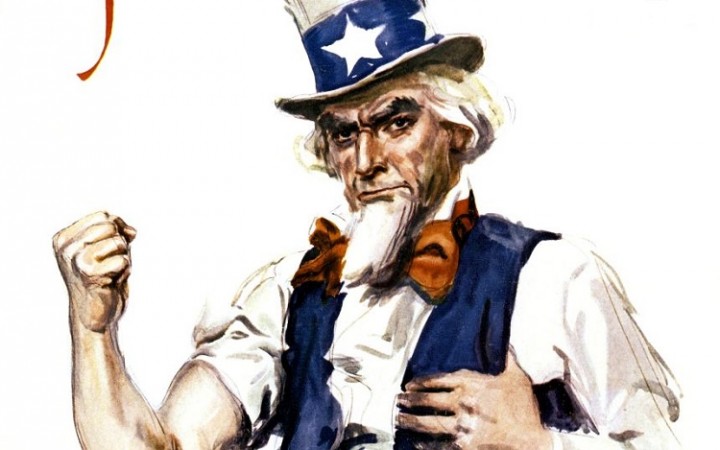
The Birth of Uncle Sam - A Symbol of American Identity: -On September 7, 1813, the United States acquired one of its most enduring symbols and nicknames, "Uncle Sam." This moniker, synonymous with the U.S. federal government, was born from the humble origins of Samuel Wilson, a meat packer from Troy, New York, during the War of 1812.
The Meat Packer and the War of 1812
Samuel Wilson, born in 1766, played an unwitting role in the birth of Uncle Sam. He was a meat packer who supplied barrels of beef to the United States Army during the War of 1812. To identify the barrels containing provisions for the troops, Wilson stamped them with the abbreviation "U.S." for United States. Little did he know that this simple act would give rise to a lasting symbol of American identity.
Soldiers in the Army began to affectionately refer to the provisions as "Uncle Sam's." This local colloquialism soon caught the attention of the press, with the Troy newspaper spreading the story of Uncle Sam's provisions. Over time, this nickname for the U.S. government gained widespread acceptance and recognition.
The Evolution of Uncle Sam
While Uncle Sam's roots were firmly planted in the early 19th century, it was the creative work of individuals like political cartoonist Thomas Nast that helped popularize and evolve the image of Uncle Sam. Nast, a German-born artist known for his influential editorial cartoons, played a pivotal role in shaping Uncle Sam's appearance.
Nast gave Uncle Sam his iconic white beard and dressed him in a stars-and-stripes suit, the image we recognize today. In addition to his work on Uncle Sam, Nast is credited with creating the modern image of Santa Claus, as well as associating the donkey with the Democratic Party and the elephant with the Republicans. He used his editorial cartoons to expose corruption in New York City's Tammany Hall, contributing to the downfall of Tammany leader William Tweed.
James Montgomery Flagg and World War I
Perhaps the most famous portrayal of Uncle Sam was created by artist James Montgomery Flagg in the early 20th century. Flagg's version depicted Uncle Sam wearing a tall top hat and a blue jacket, pointing directly at the viewer. This image gained widespread popularity during World War I when it was used as a recruiting poster with the caption, "I Want You For The U.S. Army."
The poster, first featured on the cover of Leslie's Weekly in July 1916 with the title "What Are You Doing for Preparedness?" became an iconic representation of American patriotism and duty. It was widely distributed and has since been repurposed with various captions to serve different causes.
Samuel Wilson's Recognition
In September 1961, the U.S. Congress officially recognized Samuel Wilson as "the progenitor of America's national symbol of Uncle Sam." Wilson passed away at the age of 87 in 1854 and was laid to rest beside his wife Betsey Mann in Oakwood Cemetery in Troy, New York, a town that proudly proclaims itself as "The Home of Uncle Sam."
September 7, 1813, marks the day when the United States gained the enduring symbol of Uncle Sam, thanks to the inadvertent actions of a meat packer and the creative contributions of artists and cartoonists like Thomas Nast and James Montgomery Flagg. Uncle Sam continues to be a beloved representation of American identity and patriotism, recognized around the world.